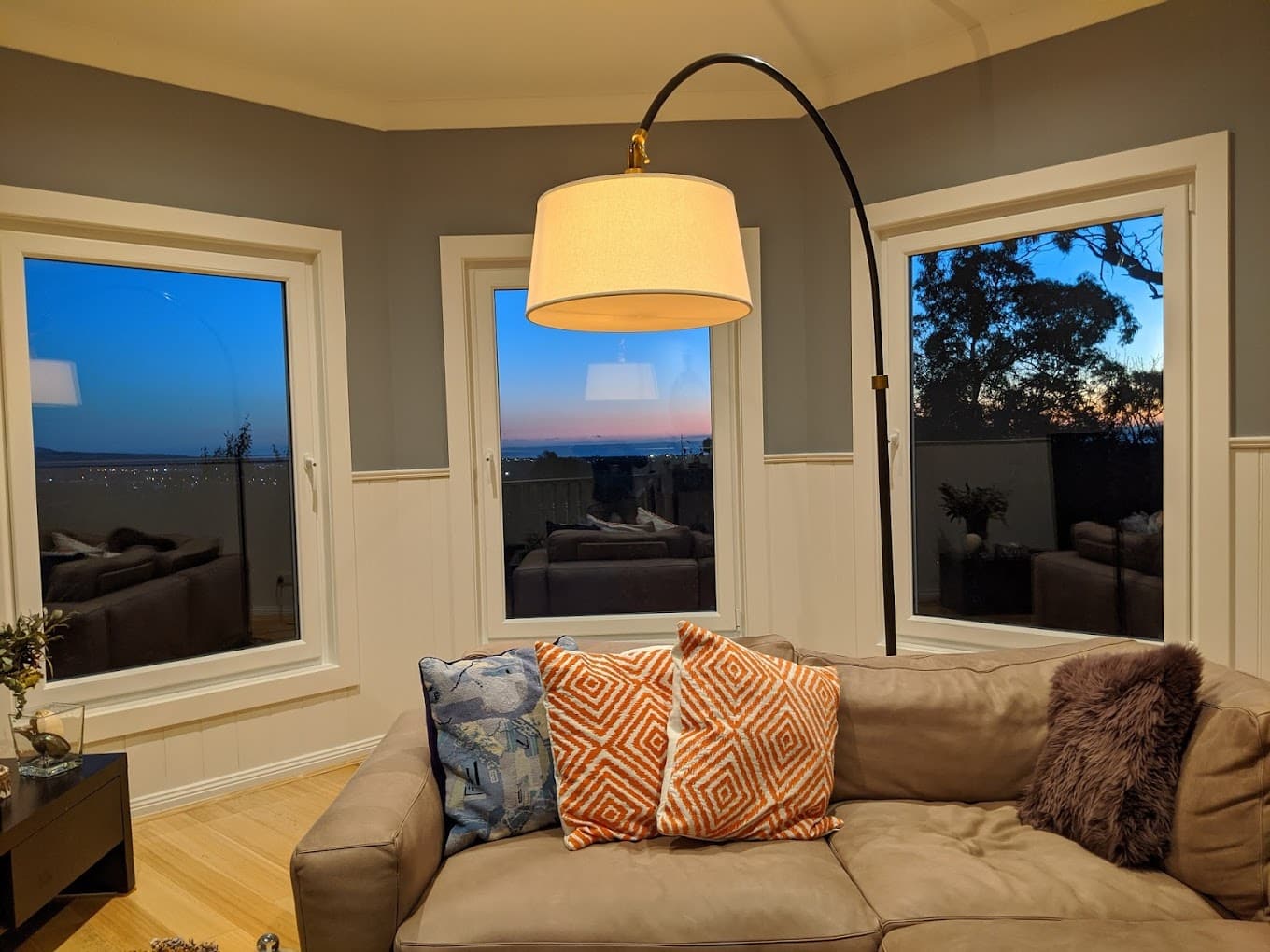The type of glass you select is essential when it comes to windows. According to experts, 70% of energy loss occurs in windows and doors, with 90% of window heat loss arising through the glass. While energy efficiency is vital, the terminology used while studying different types of energy-efficient glass can be perplexing. We’ll go over what a Low-E window is, why it’s energy-efficient, the types of Low-E coatings and some crucial factors to consider when choosing a glass.
You might believe that a piece of glass is just that: a piece of glass, but glass has grown to be so much more than a rain-proof barrier. Here at Windows Republic, we specialise in double glazed windows and Low-E coated glass. We believe your home deserves more energy-efficient building materials, and conventional glass just won’t do.
What is Low-E coating?
Low E stands for ‘Low Emissivity,’ which refers to how much radiation is released or absorbed by a surface. Low-E coated glass is a durable and high-quality product, but it must be specified, installed, and cared for in a certain way to retain its performance and longevity.
The fundamental difference between a Low-E glass and a regular glass is that a very thin coating is put to one side of the glass with a Low-E glass. This reduces the amount of heat or cold that passes through the glass. Consider it an insulation barrier for your windows that isn’t noticeable.
Low-E glass protects glass in the same way as wall and ceiling insulation protects those regions. Coated glass helps maintain a more comfortable room temperature, provides a greater window area as a bonus, and lowers heating and cooling costs. It makes sense to incorporate better insulating materials into our houses, as this helps to reduce glasshouse gas emissions.
Hard Coat Low-E and Soft Coat Low-E are the two types of Low-E coatings.
Hard coat Low-E
A hard coat Low-E glass is a type of coating placed on glass right after it comes out of the furnace. As the glass cools, the coating is bonded to it. The following are some things to think about while buying hard coat Low-E glasses:
- To protect the coating, the coated side of the glass must be fitted on the inside of the building – window installers and glaziers will be aware of this and should ensure that the glass is glazed into the building or frame appropriately.
- The glass is not as easy to clean as regular glass without a coating.
- All glass, including Low-E glass, is manufactured as a completed product and is susceptible to construction damage. As a result, once built, transported, and put on the site, it must be secured.
- A phenomenon known as haze may be observed in certain daylight circumstances; this is a result of the coating’s interaction with the light, not a problem with the glass.
Soft coat Low-E
When the coating is put to the glass after it has gone through the float line process and cooled down, it is known as a soft coat Low-E. Soft-coated glass must be encased within a double glazed window unit for additional durability and performance. When choosing soft coat Low-E glass you should take into account the following factors:
- Because this product must be encased in a double glazed window unit, it performs better. As a result, you can have larger windows that are more energy-efficient.
- Because the coating is contained within the unit, double glazing cleans like ordinary glass.
- To support its performance, double glazed window units must be installed in a specific method, which your window installer or glazier should ensure while building your windows.
- Soft coats don’t have the haze issues that hard coats do, so if this is an issue for you, it’s worth thinking about for your project.
Make glass a priority
Speak with Windows Republic about the glass going into your window frames to ensure you understand your choice. Not only for performance but also your lifestyle and maintenance habits.
The glass in your windows allows you to get much more out of your home than you may think– so make glass choice a priority alongside your colours, appliances and design finishes.




